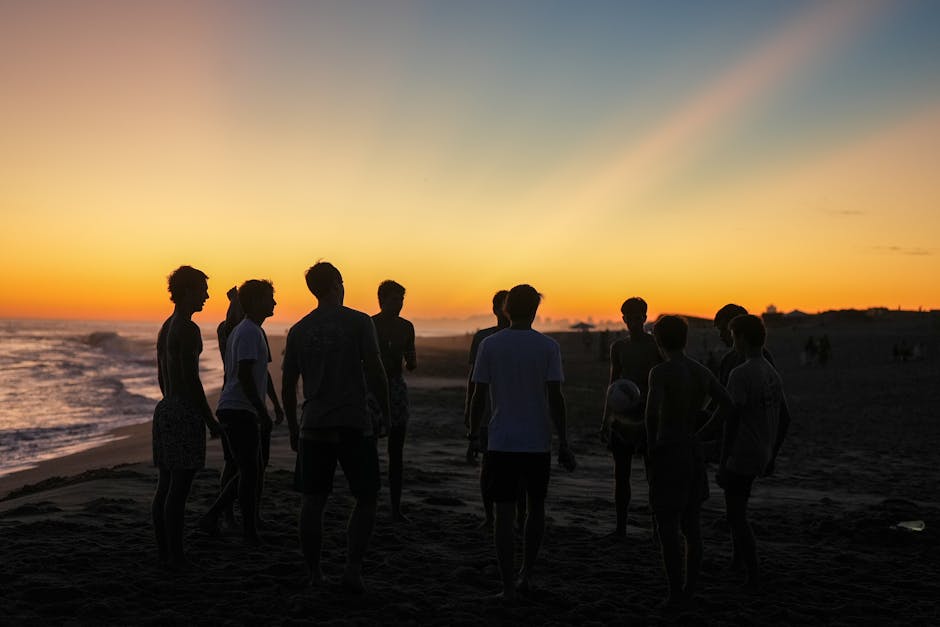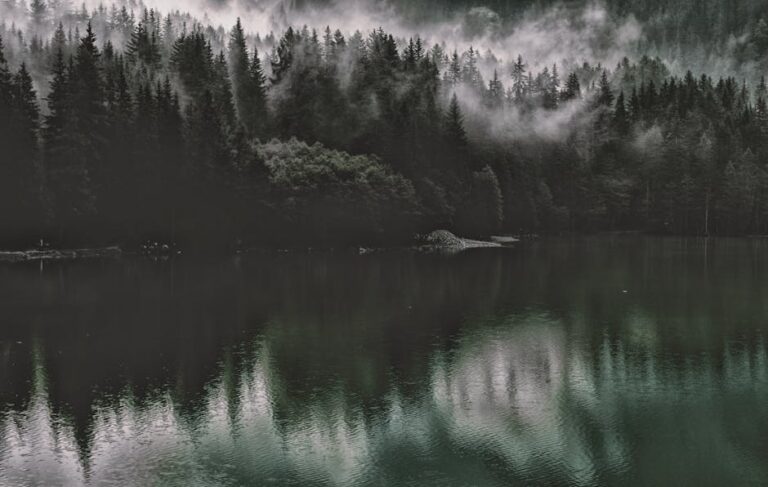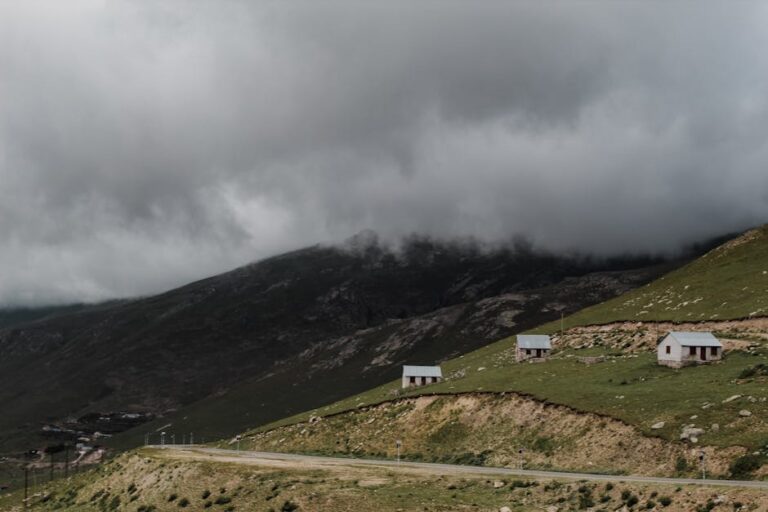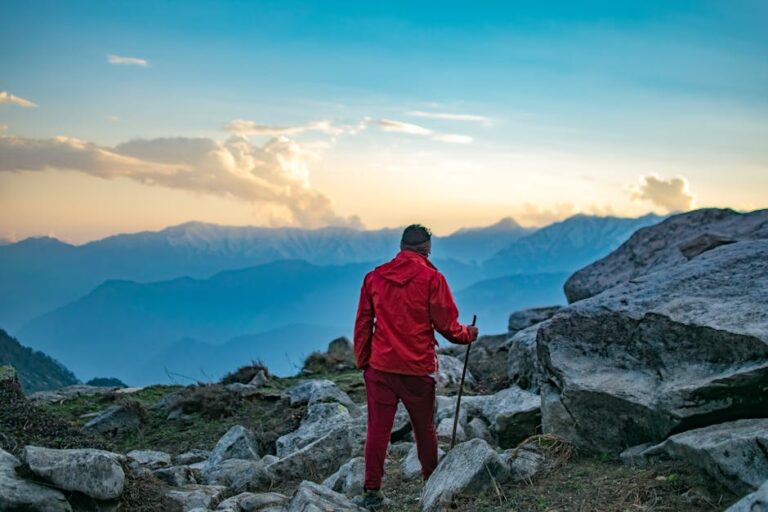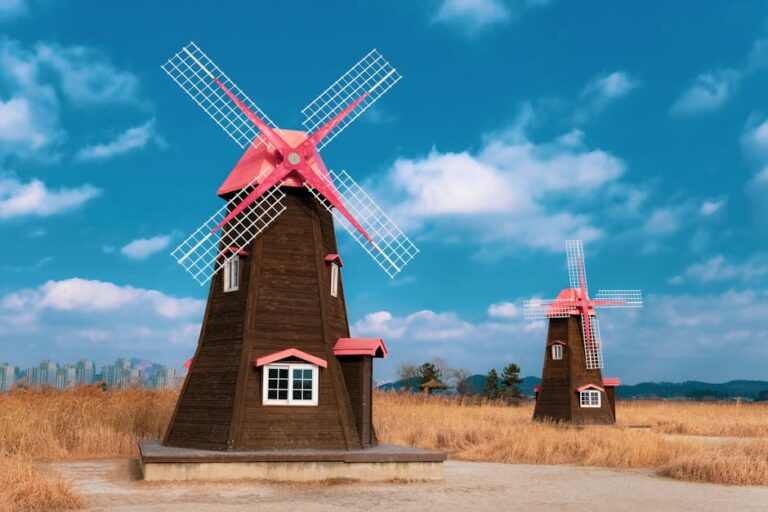Table of Contents
So, you’re thinking about heading to Uttarakhand in 2025? That’s awesome, seriously. This place, nestled right in the Himalayas, is just something else – mountains that punch you in the gut with their beauty, rivers running wild, and a quiet vibe that’s hard to find anywhere else. I mean, honestly, it’s one of my favorite spots on the planet. But, here’s the thing, as more and more people figure out how amazing it is, Uttarakhand’s trying really hard to keep it that way. You can’t just roll up like you used to a few years back without knowing a few things. By 2025, there are some pretty clear guidelines in place, and if you wanna have a good time and not get into a pickle (or accidentally mess up the place), you gotta pay attention. It’s not about making things difficult, it’s about making sure this incredible part of India stays incredible for everyone, for a long, long time. So, let’s talk about what you need to know, stuff that’s kinda important if you’re planning your trip.
Why All These New Rules, Anyway?
You might be thinking, “What’s the big deal? Why so many guidelines all of a sudden?” Well, honestly, it’s not all of a sudden. For years, folks have been coming here, and some of us (and yeah, I’m talking about tourists, even good-intentioned ones) sometimes forget that these mountains are super delicate. They’re not just pretty pictures; they’re living ecosystems. A lot of places in Uttarakhand, especially the higher up you go, are really fragile. Too many people, too much garbage, not enough respect for the local ways of life – it just adds up.
Remember those floods, or the landslides? They aren’t just random. Sometimes, our actions, or just too many of us in one place, make things worse. So, the government, and actually a lot of local communities too, they’ve been trying to figure out how to let people come enjoy the beauty without basically loving it to death. That’s what these 2025 guidelines are mostly about: keeping things safe for visitors and for the mountains themselves. It’s like, when you go to someone’s house, you don’t trash it, right? Same idea here. Plus, they really wanna make sure that tourism actually helps the local folks, not just some big companies. What’s interesting is how much the mindset has shifted from “just visit” to “visit responsibly.”
Getting Your Paperwork in Order: Permits and Registrations
Okay, so this is probably the least fun part, but it’s totally necessary. Gone are the days when you could just hop on a bus and wing it everywhere. By 2025, for a lot of areas in Uttarakhand, especially the more popular or sensitive ones, you’re gonna need some sort of permit or registration. I’m not talking about just Char Dham here, though that’s a big one. Think about places like Valley of Flowers, some parts of Nanda Devi Biosphere Reserve, or even certain trekking routes in Kedarkantha or Har Ki Dun.
What they’re trying to do with these is manage the crowd. If they know how many people are entering a specific area on a given day, they can make sure facilities aren’t overwhelmed, and the impact on the environment stays low. You can typically apply for these online, way before you leave. My advice? Don’t wait until the last minute. The online portals usually open a few months before peak season. It’s a pretty simple process, usually involving your ID and maybe your itinerary. And honestly, it’s not a huge hassle; it’s more of a heads-up so they know you’re coming. Plus, having that permit feels kinda official, doesn’t it? It’s proof you’re part of the system keeping the place nice.
You’ll also notice that for many treks and even some popular religious sites, there’s often a mandatory registration at entry points. They usually check your bags for banned items (like plastic bottles, which we’ll talk about in a sec) and sometimes just ask for your name and phone number. It’s for your own safety, too, in case of an emergency. A friend of mine went to Roopkund a few years back, and they were pretty strict about the registration. He said it was a good thing because they had someone to call when the weather turned nasty.
Eco-Friendly Travel Isn’t Just a Buzzword Anymore
This is a big one. And trust me, by 2025, if you’re not thinking about your environmental impact when you travel in Uttarakhand, you’re kinda missing the point. The government is serious about sustainability, and that means a few things for you. For starters, plastic is public enemy number one. Single-use plastics – like those water bottles you grab at a roadside shop or the plastic wrappers from your snacks – are a huge no-no in many areas. You’ll see signs everywhere. A lot of places actually have fines for this.
So, what should you do? Carry your own reusable water bottle. There are plenty of places to refill, and if you’re worried about water purity, get one with a built-in filter. It’s a smart buy, anyway, for any kind of travel. Also, pack out everything you pack in. Every candy wrapper, every tissue paper, it all comes back with you. Don’t just throw it in a bush or try to bury it. Animals dig it up, and it just stays there for centuries. It’s basic, common sense stuff, but it makes a massive difference when thousands of people are doing it.
I saw a group once trying to burn their trash in Rishikesh, near the Ganga. It was awful, and a local guy quickly told them off. What’s truly great is how much awareness has grown, and I think most travelers get it now. They’re even cracking down on excessive noise, especially in serene spots. No blasting music in the middle of a beautiful valley, okay? It disrupts wildlife and just ruins the peaceful vibe for everyone else.
Char Dham Yatra & Trekking Specifics: More Than Just a Journey
For anyone planning the Char Dham Yatra (Yamunotri, Gangotri, Kedarnath, and Badrinath), 2025 has some pretty structured rules. First off, mandatory biometric registration is definitely still a thing, and it’s usually done way before you even start the trek. This isn’t just for tracking; it’s mostly for safety, especially given how high up some of these shrines are and how quickly weather can change. You’ll need a yatra card, and they check it at various points. They’ve also put some limits on the number of pilgrims allowed per day at each shrine to avoid overcrowding, which, you know, makes sense. It means fewer queues and a more respectful experience, basically.
And speaking of trekking, if you’re planning on hitting the trails, especially the multi-day ones, there are often rules about having a registered guide. This isn’t just about creating jobs for locals, though that’s a nice side effect; it’s about safety. These guides know the mountains, the weather patterns, and what to do if something goes sideways. My personal take is that a good guide makes the experience so much better anyway. They can show you stuff you’d never see on your own. Plus, for treks above a certain altitude or into protected areas, you’ll absolutely need specific permits, and sometimes, those permits require you to have a guide. Also, some routes have specific entry and exit times, and you can’t just camp anywhere you feel like it; designated campsites are often a must. And whatever you do, please, please stick to the marked trails. Going off-path messes with the plants and can actually be super dangerous.
Respecting the Culture and Local Life
You know, going to a place like Uttarakhand isn’t just about seeing pretty sights. It’s about being in a place where people live, where traditions are old and really important. So, showing a bit of respect goes a super long way. When you visit temples or other holy sites, dress modestly. Cover your shoulders and knees. Take your shoes off before entering. It’s just what you do. And try not to make a huge racket in these quiet places.
Also, when you’re interacting with locals, be polite. A simple “Namaste” works wonders. And if you’re taking photos, especially of people, always ask first. It’s just common courtesy. What’s interesting is how many travelers forget this. These aren’t just backdrops for your Instagram; they are real people with real lives.
A lot of the local economy depends on tourism, so try to support local businesses when you can. Eat at the smaller dhaba, buy souvenirs from local artisans instead of mass-produced stuff. It just helps the community directly. And don’t haggle endlessly over a few rupees. For you, it might be a small amount, but for them, it could be a lot. Basically, just be a decent human being, like you would anywhere else.
Health and Safety: Because No One Wants a Trip Gone Wrong
Look, mountains are beautiful, but they can be unpredictable. By 2025, it’s not just a good idea, but almost expected that you’re prepared. Altitude sickness is a real thing. If you’re going high up, plan for acclimatization days. Don’t just rush straight to Kedarnath from the plains. Take a day or two in Rishikesh or Guptkashi first. Stay hydrated, avoid alcohol, and if you feel sick, descend immediately. It’s not worth risking your health.
Also, carry a basic first-aid kit. Like, bandaids, antiseptic, pain relievers, maybe something for an upset stomach. You won’t always find a pharmacy around every corner, especially on treks. And tell someone your itinerary, even if it’s just a friend back home. Have local emergency numbers saved on your phone. What’s important to remember is that help might not be minutes away, so being somewhat self-sufficient is a must.
And about travel insurance: I really think it’s a non-negotiable for Uttarakhand, especially if you’re planning any sort of adventure activity like trekking or rafting. Medical emergencies, evacuation costs – they can add up fast. Nobody wants to think about it, but it happens. My cousin, for example, twisted his ankle on a trek near Joshimath a few years back, and having insurance saved him a ton of stress and money. So, yeah, factor that into your budget.
Wrapping it up, Uttarakhand is an incredible place, a truly spiritual and stunning corner of the world. These guidelines for 2025 aren’t meant to spoil your fun; they’re there to protect what makes this place so special, for everyone. A little bit of planning, a dash of common sense, and a whole lot of respect for nature and local culture, and you’re set for an absolutely unforgettable experience. It’s all about being a responsible visitor, someone who leaves nothing but footprints and takes nothing but memories.
FAQs about Uttarakhand Travel Guidelines for 2025
1. Do I really need permits for normal tourist spots like Nainital or Mussoorie?
Nah, for regular tourist towns like Nainital or Mussoorie, you generally won’t need specific entry permits just to visit. But if you plan to do any special activities or go into specific nature reserves near them, like trekking in a wildlife sanctuary, then yeah, you might need one. Always double-check for your specific plans.
2. Is there a specific online portal for all Uttarakhand travel registrations?
Mostly, yes. For big stuff like the Char Dham Yatra, there’s a dedicated official portal. For permits to national parks or specific trekking routes, you’ll usually find links on the Uttarakhand Tourism website or the respective forest department websites. It’s usually pretty centralized, but sometimes you might hit a different department’s site for very specific areas.
3. What’s the deal with plastic bans? Can I carry packaged snacks?
You can carry packaged snacks, but the emphasis is on ‘carrying out’ all the plastic wrappers and not littering. In many sensitive zones, single-use plastic water bottles are completely banned, and you might get fined. It’s smart to carry a reusable water bottle and refill it, and perhaps put your snacks in reusable containers to minimize plastic waste.
4. Are guides mandatory for all treks in Uttarakhand in 2025?
Not for every small trek, especially shorter, well-marked day hikes. But for higher altitude treks, multi-day treks, or those going into restricted/protected forest areas, yes, a registered guide is often mandatory. It’s mostly for your safety and to ensure responsible tourism practices. Best to check the specific requirements for your chosen trek before you go.
5. What if I accidentally break a minor guideline, like littering?
Well, it depends on where you are. In some highly protected zones, there are clear fines for littering, plastic usage, or going off-trail. Local authorities are pretty serious about this stuff now. In other places, you might just get a stern talking-to from a local or a forest guard. But honestly, it’s just better to follow the rules and not risk it.




